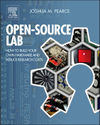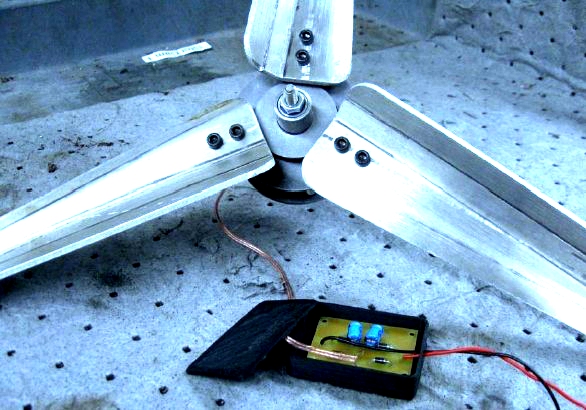The RepRap 3-D Printer Revolution in STEM Education

|
By Michigan Tech's Open Sustainability Technology Lab.
Wanted: Students to make a distributed future with solar-powered open-source RepRap 3-D printing and recyclebot recycling. |

|
| This page is part of an international project hosted by MOST to use RepRap 3-D printing to make OSAT for sustainable development. Learn more.
Research: Open source 3-D printing of OSAT • RecycleBot • LCA of home recycling • Green Distributed Recycling • Ethical Filament • LCA of distributed manufacturing • RepRap LCA Energy and CO2 • Solar-powered RepRaps • solar powered recyclebot • Feasibility hub • Mechanical testing • Lessons learned • MOST RepRap Build Make me: Want to build a MOST RepRap? - Start here! • Delta Build Overview:MOST • Athena Build Overview • MOST metal 3-D printer • Humanitarian Crisis Response 3-D Printer |
Contents
Source
J. Irwin, J.M. Pearce, D. Opplinger, and G. Anzalone. The RepRap 3-D Printer Revolution in STEM Education, 121st ASEE Annual Conference and Exposition, Indianapolis, IN. Paper ID #8696 (2014). open access
Summary
STEM is an acronym for science, technology, engineering and mathematics fields of study meant to improve U.S. competitiveness by guiding curriculum and influencing education policy. STEM education begins with K-12 educators, who are struggling with how to implement the Next Generation Science Standards (NGSS) that now place explicit emphasis on the relationship of engineering to science. The NGSS guidelines suggest that science curriculum should have activities with an iterative process involving; defining the problem, developing possible solutions, and optimizing design solutions. The advancements in both open source 3D printing hardware and related open source software has started a revolution in the availability of rapid prototyping technologies to a far larger audience than just practicing engineers and research scientists.
Conclusions
There are several desktop 3D printers available on the market today to implement design-build-test projects where students experience real-world application of the iterative engineering problem solving process. The affordability of the open source RepRap do-it-yourself design lends itself to direct manipulation of the 3D Printers because no warranties are being voided as high school and/or university students “tinker” with the mechanics of the 3-D printer and enjoy near-immediate gratification from experiencing the engineering process first hand. Students from high school to higher education who are engaged in hands-on design-build-test scenarios will attain a valuable skill set and be more likely to pursue STEM careers. These skills will also be useful for developing designs for capstone projects which are common in higher education and becoming popular in high schools.
See Also
- Category:MOST RepRap build
- Delta Build Workshop
- Open-source 3-D printing Technologies for Education: Bringing Additive Manufacturing to the Classroom
- Implementing Self-Replicating Rapid Prototypers (RepRaps) into a Mechanical/Manufacturing Program
- Evaluation of RepRap 3D Printer Workshops in K-12 STEM
